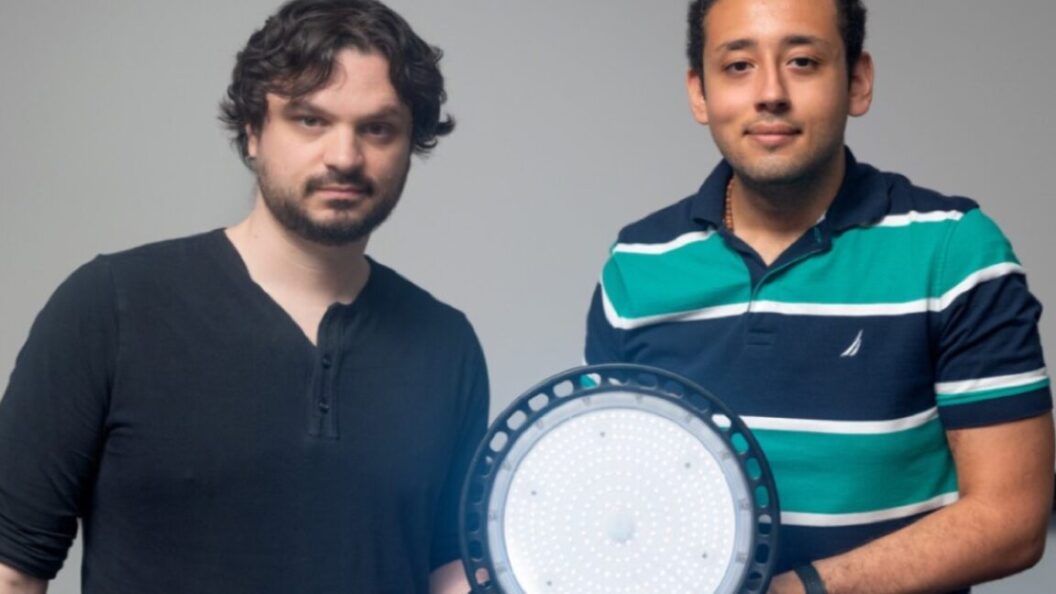Hiding in the Light: Cornell’s Innovative Approach to Video Verification
In an era where the authenticity of digital content is increasingly under scrutiny, researchers from Cornell University have developed a groundbreaking technique named noise-coded illumination (NCI). This method aims to secure videos against manipulation and deepfake technology, addressing the challenges posed by counterfeit visual content.
The Challenge of Digital Manipulation
Previously, the Cornell team sought solutions to determine if videos had been altered, focusing on specific pixels to identify manipulations. However, these techniques were limited to specific cameras or AI models, making them less effective in broader applications. The newly developed NCI overcomes these limitations by embedding watermarks in the noise of light sources, adding an extra layer of security to video content.
How the NCI Method Works
The NCI technique employs a small software application that can manipulate computer screens and certain types of room lighting, utilizing commercially available lamps enhanced with an attached computer chip. Each watermark embeds a low-fidelity, time-stamped version of the unaltered video, captured under varying lighting conditions, referred to as "code videos." As explained by researcher Davis, "When someone manipulates a video, the manipulated parts start to contradict what we see in these code videos, which lets us see where changes were made."
This innovative watermarking integrates seamlessly with the visual content, disguising itself as noise and rendering it difficult to detect without prior knowledge of the embedded code.
Robust Testing Against Various Manipulations
The Cornell team rigorously tested the NCI method against a wide range of video manipulations, including warp cuts, speed changes, and deepfake technology. Their findings demonstrated that the technique holds up under various conditions, including different lighting scenarios, subject movements, and compression levels. Davis stated, "Even if an adversary knows the technique is being used, their job is still a lot harder." The adversary must create legitimate-looking fake videos that not only align with the original content but also agree across several code videos.
Implications for the Future of Video Authenticity
This advance in video security presents significant implications for various sectors, from journalism to law enforcement, where the authenticity of visual evidence is paramount. However, the concern remains that as technology evolves, so too will the methods of manipulation. Davis remarked on the ongoing challenge: "This is an important ongoing problem. It’s not going to go away, and in fact, it’s only going to get harder."
Conclusion: A Step Towards Trust in Digital Media
The NCI method represents a pivotal step in safeguarding video authenticity in an age dominated by misinformation and digital forgery. By integrating robust verification techniques that are difficult to bypass, this research not only enhances the credibility of video content but also underscores the necessity of continuous innovation in the face of evolving challenges posed by digital manipulation. As reliance on visual media continues to rise, ensuring its integrity will be crucial in maintaining trust in information sources.









